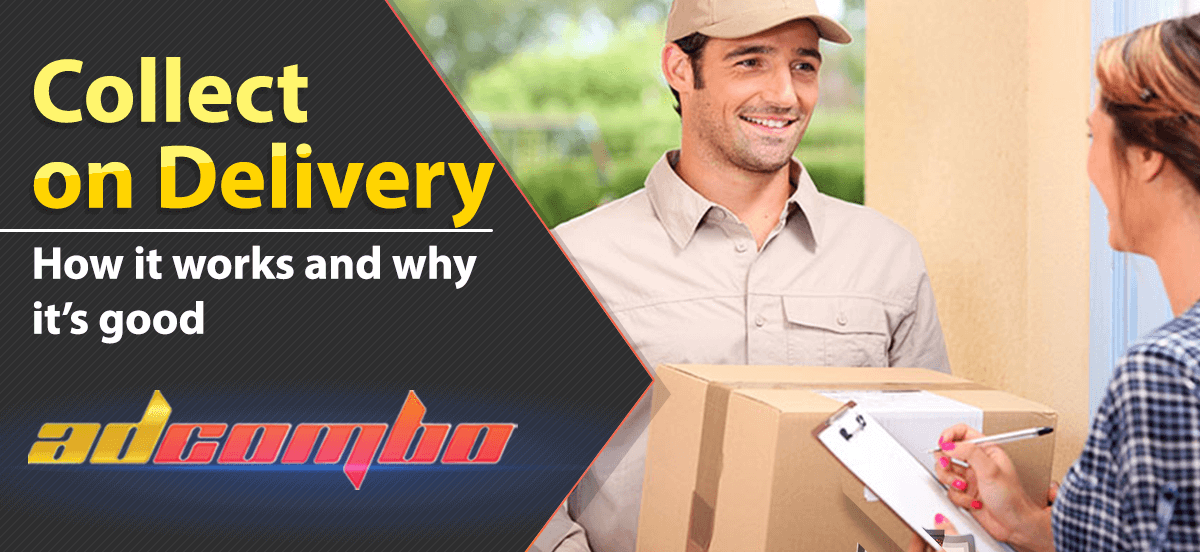-
 Collect on Delivery: How It Works and Why It Is Good19.5.2016Reading Time: 2 minutes
Collect on Delivery: How It Works and Why It Is Good19.5.2016Reading Time: 2 minutesCollect on delivery is a new scheme for affiliate programs, and in this article we will share our experience in it.
How It Works
Collect on delivery is a sales frame when a customer pays for the ordered product upon delivery. The process looks like this:
- A customer sees an ad and clicks on it.
- A customer is redirected to a landing page and leaves their phone number on it.
- A support team member from the advertiser calls the customers.
- When the order is confirmed by phone, the publisher gets their payout.
- A courier delivers the order to the customer.
- The customer pays for the product with a preferable method.
Sadly, there’s always a risk that the customer will refuse to pay for the order. This risk falls on the shoulders of an affiliate network.
At the moment, most of the CPS-networks tend to work with conversion types where lead is accepted upon purchase of the product, its trial-version, or Ship & Handle with a remote card charge. While this model is rather convenient for webmasters (no approve, upsell, and other overhead) and advertisers (reduces risks related to the quality of leads), it has its hidden hazards. Let’s see what they are and how to avoid them with Collect on delivery.
Pros for Advertisers: Avoid Carding
Carding is a fraud scheme when swindlers pay for an offer with a stolen or hacked credit card. It is a criminal offense in most of the countries.
CPS-networks and adverisers caught out to be working with carders run into long and unfavorable legal proceedings. Nobody wants to get into this mess, and Collect on delivery helps it a lot.
Pros for Customers: Guaranteed Security
Internet springs lots of surprises to online shoppers: from wrong goods delivered to identity thefts. Collect on delivery allows them to aviod most of those issues.
With Collect on delivery, customers don’t have to flash their credit cards on the web. They may be (rightfully) afraid that their data may be stolen, or they will be charged a larger sum than it was stated. In this case, they can simply pay cash to the delivery guy – no credit card is involved at all!
Also, customers can check the purchase before paying. Have you ever received dried peas instead of green coffee? Barbery instead of goji berries? Packed soil instead of Chocoslim? Collect on delivery lets the customers to avoid (or, at least, significantly reduce) such risks.
Moreover, lots of 2-tier countries (our area of interest) don’t have proper online payment processing for VISA, MasterCard, etc. Instead, they only support local payment systems. In this case, Collect on delivery os the only way to deliver your goods to the clients.
Pros for Publishers: More Conversions
Basically, all the advantages of Collect on delivery for publishers follow from the customers’ advantages.
For instance, publishers get more leads, because the customers trust the offers and cheerfully order the promoted goods.
As well as this, webmasters have a chance to try new geos. It used to be impossible with online payment systems, but let the customers pay cash – and the leads from all over the world are in your pocket. As we mentioned above, it’s more about 2-tier countries. They have less competition, cheaper traffic, and a fair amount of conversions. What more could one ask for?
Thanks for making it to the end! Do you have any experience with Collect on delivery offers? Please share your thoughts in comments.




a lot of information